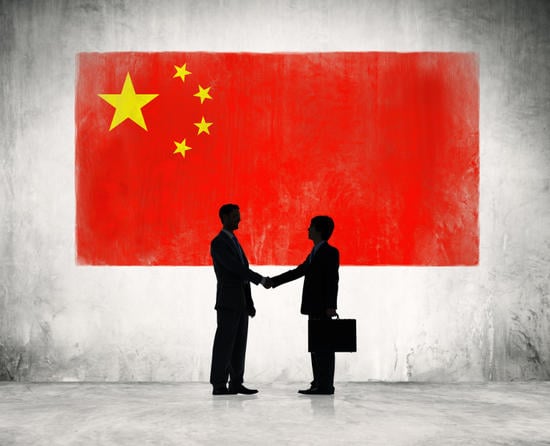China’s top leaders just hit the brakes on one of the country’s most chaotic market dynamics: runaway price competition. At a high-level economic meeting led by President Xi Jinping, policymakers pledged to crack down on disorderly low pricing and begin phasing out outdated industrial capacity. This comes as deflationary pressure continues to haunt the economy and Beijing searches for more stable levers of demand. Part of the new playbook includes building a unified national marketstandardizing infrastructure, aligning government practices, and breaking down local protectionism that has long distorted resource allocation.
For investors, this could be the beginning of a more disciplined growth cycle. Officials also called for tighter oversight of local investment incentives and better disclosure practicessignaling that the era of subsidized overbuilding may be winding down. That shift could help restore pricing power to stronger players and gradually rebalance supply and demand in key industries. While these are still early signals, the policy language suggests a desire to transition from quantity-at-all-costs to quality-first growtha shift that could reshape the competitive landscape over time.
Alongside these changes, Beijing also wants to supercharge its maritime economy, with targeted support for private investment in sectors like offshore wind, deep-sea fishing, marine tourism, and biopharma. The aim? Foster innovation and build national champions in high-value segments. If implemented well, these moves could create long-term tailwinds for firms aligned with state priorities. Companies like Tesla (NASDAQ:TSLA) and other global players exposed to China’s industrial base may need to reassess how they navigate this next chapterwhere growth might come with more rules, but also more durability.
This article first appeared on GuruFocus.
